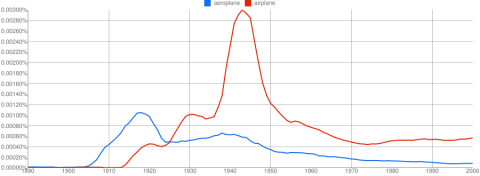In my recent post on the Imperial War Museum I remarked upon the commemorative function of the museum, or rather the apparent lack of it. So I was interested to come across this comment made in 1922 by Major-General Sir Frederick Maurice (he of the Maurice Affair), explaining what he thought the true value of the IWM was:
We of the generation who fought have in this matter grave responsibilities; we have to think not of ourselves but of our children and our children’s children. The memorials to our dead now to be found in nearly every town, village and parish, with their simple record of sacrifice, will do much, but the effect of these memorials will become every year less poignant. The War Museum impresses the mind in another but not less direct way. I have talked with numbers of people who have told me that on seeing it they, for the first time, began to understand the nature of trench warfare on the Western Front. The devastated areas in France and Belgium are rapidly ceasing to be devastated. Within a generation the area of the trenches will have much the same appearance as have the Roman and British camps on Salisbury Plain. The cemeteries will remain, but they are not in our midst. To refuse to have a permanent and national memorial of the nature of the Great War because to many of us it evokes memories which are terrible and terrifying is to give way to unmanly sentiment and to do a grave wrong to the generations to come after us.1
(The context here was that the IWM was then housed temporarily at the Crystal Palace, and it had been proposed to move it to the Imperial Institute, where Imperial College is now. The Institute protested about this, and in turn somebody, somewhere seems to have taken this as a pretext to argue against the idea of having a war museum at all, because (a) the weapons were nearly all out of date; (b) the British Museum and the Committee of Imperial Defence already had books and records about the war; and (c) local war memorials were a better ‘record of the sufferings, sacrifice and achievements of the war’.2 Maurice was, obviously, trying to knock this idea on the head.)
In an age when everyone, more or less, has seen Gallipoli or Blackadder goes Forth or both, it’s easy to forget that there was a time when the general public did not have much of an idea as to what trench warfare was actually like. So in educating the public about the war’s realities, it was in fact serving a memorial function: this is how your father lived, this is how your sweetheart died.3 I think my observation, or rather lack of observation, about the IWM’s non-commemorative nature was based upon the assumption that its museum functions were something fundamentally apart from its memorial aspects, which of course doesn’t make much sense if you think about it. The whole purpose of the museum, founded in a time of war, was to make sure that future generations would remember what had happened. And of course the choice of what is exhibited in the IWM, what wars are featured and whose stories are told, is an exercise in (necessarily) selective memory.
So the Imperial War Museum itself, just by existing, can be said to serve the memory of those who served. On the other hand, it is still true that the Australian War Memorial (and note it is called a memorial, not a museum) was clearly designed in a different way, with a part of it expressly set aside for commemoration. The creators of the IWM and of the AWM chose different paths but that doesn’t mean they were starting from different assumptions.
![]() This work is licensed under a Creative Commons Attribution-NonCommercial-NoDerivatives 4.0 International License.
Permissions beyond the scope of this license may be available at http://airminded.org/copyright/.
This work is licensed under a Creative Commons Attribution-NonCommercial-NoDerivatives 4.0 International License.
Permissions beyond the scope of this license may be available at http://airminded.org/copyright/.
- Observer, 11 June 1922, p. 7. [↩]
- Ibid. [↩]
- Maurice probably would have approved of the Trench Experience, then. [↩]





